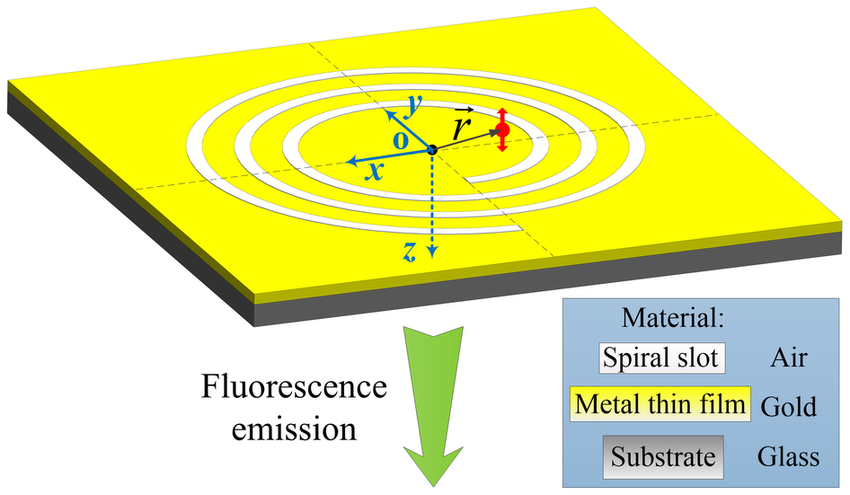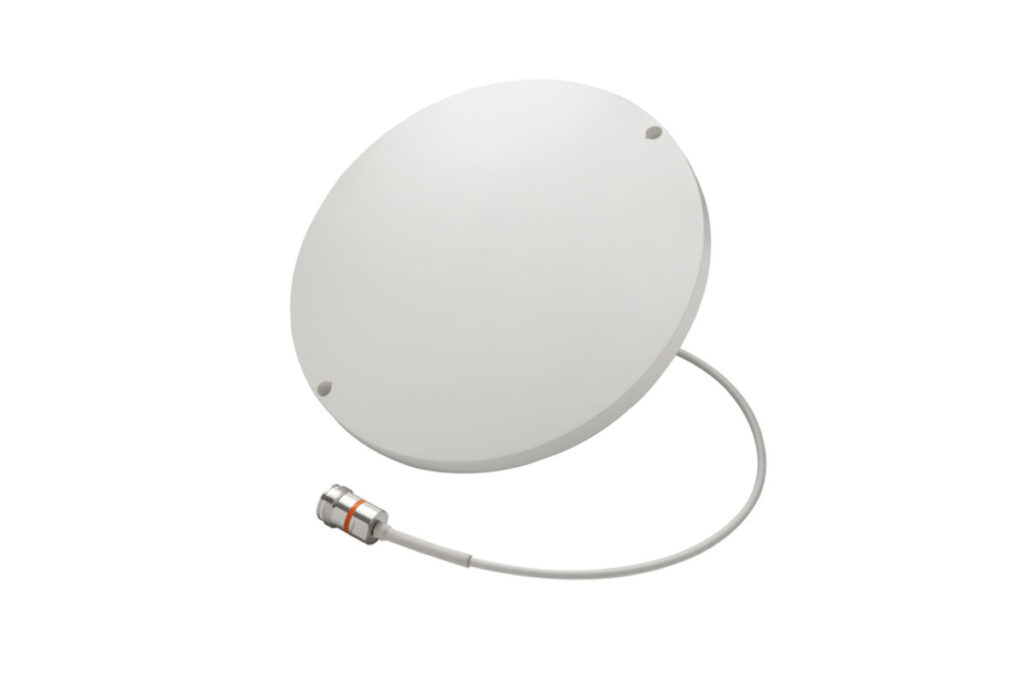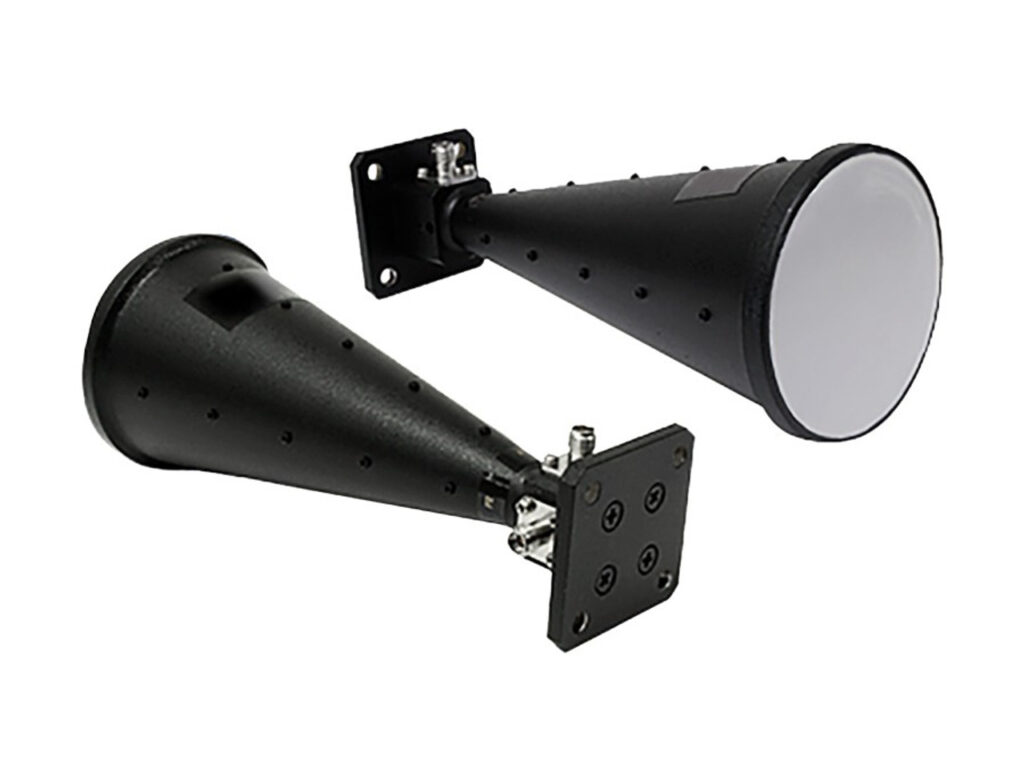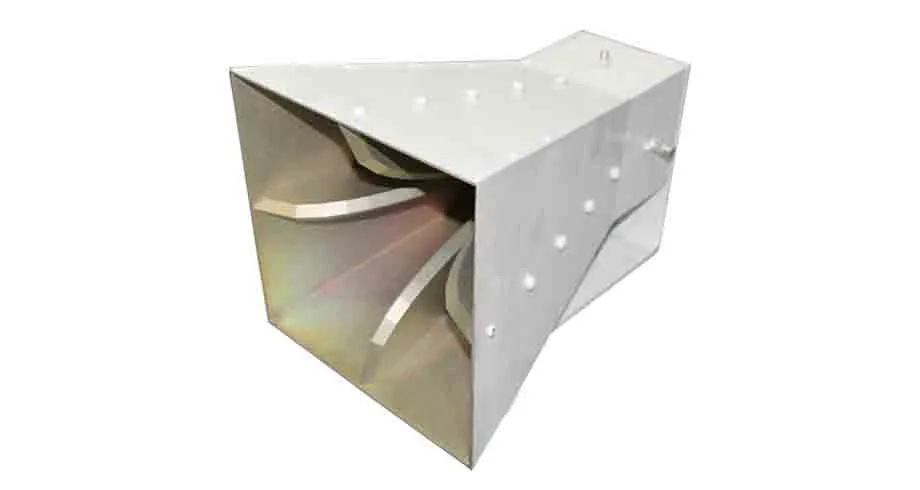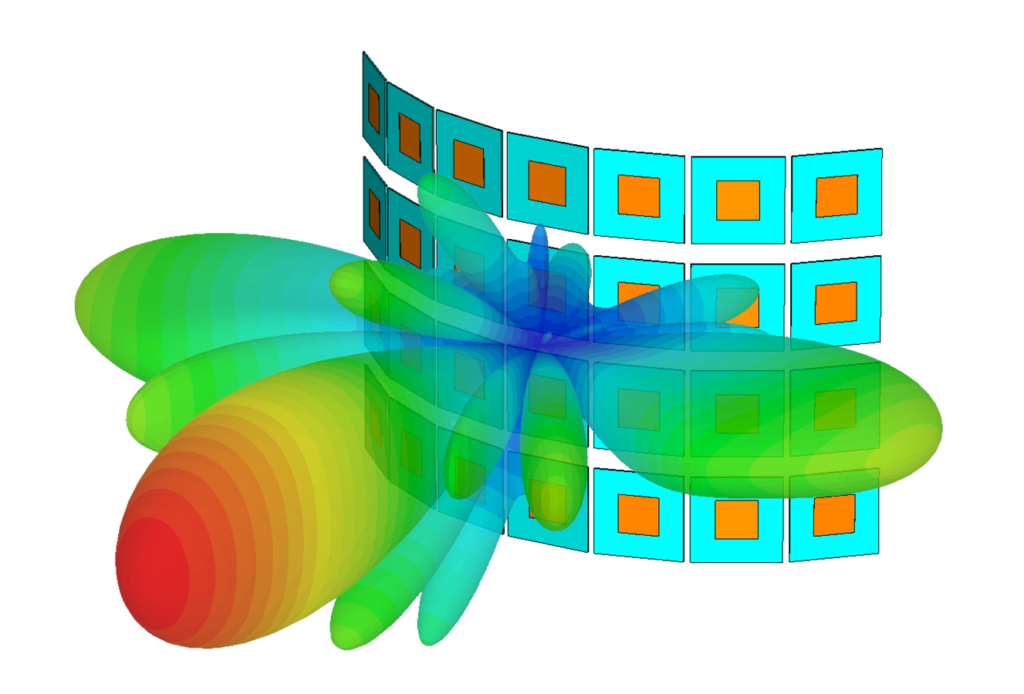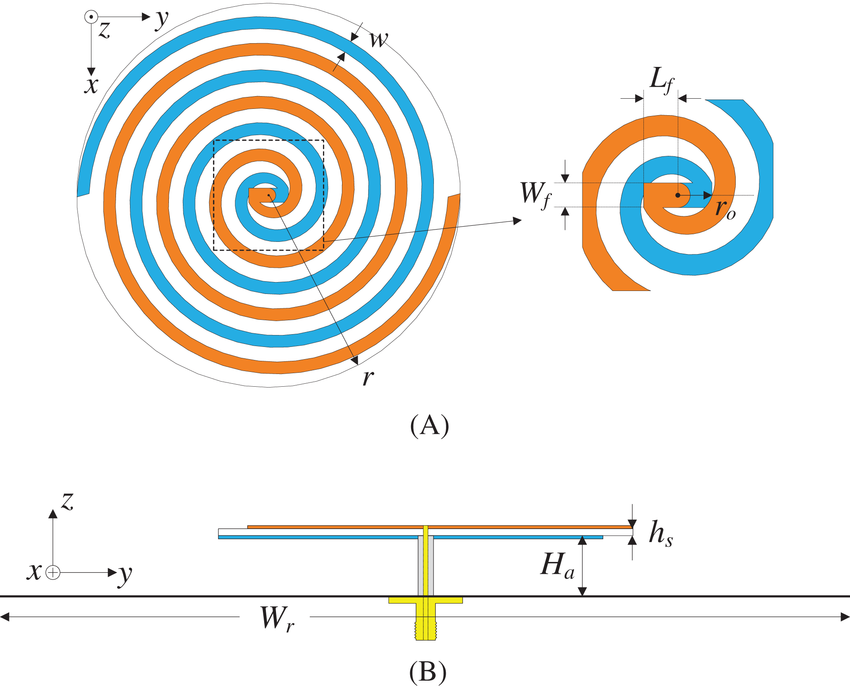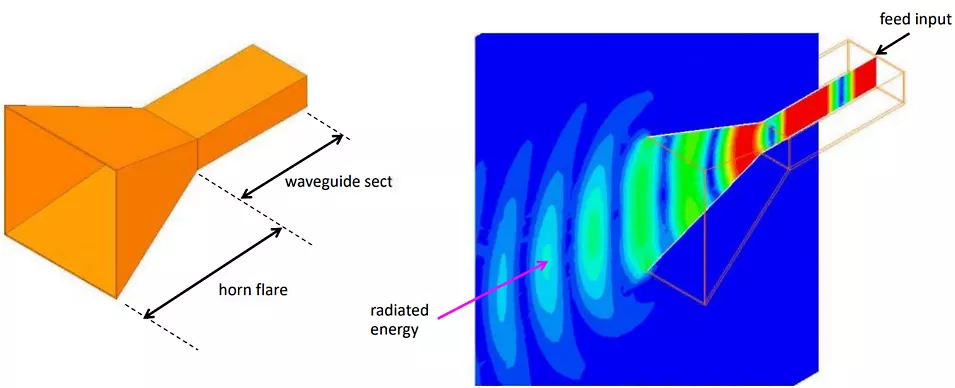Why Spiral Antennas Dominate GPS Receivers
Spiral antennas achieve <2dB axial ratio circular polarization, matching GPS signals’ RHCP requirement with 98% efficiency. Their 3-5 turn design maintains 1-2GHz bandwidth (L1/L2 bands), while <0.5dB gain variation ensures stable reception. This explains their 85% adoption rate in military/commercial GPS devices. Principle of Circular Polarization Last year, SpaceX’s Starlink satellite encountered polarization mismatch during […]
Why Spiral Antennas Dominate GPS Receivers Read More »

